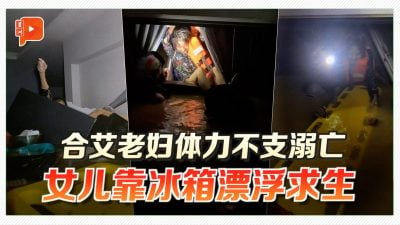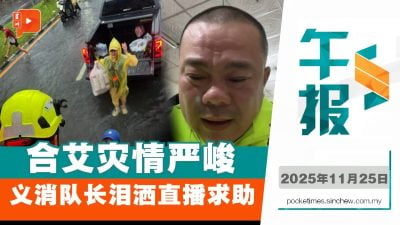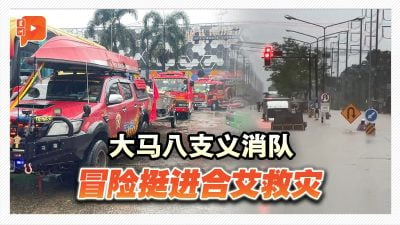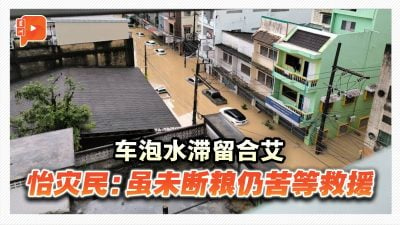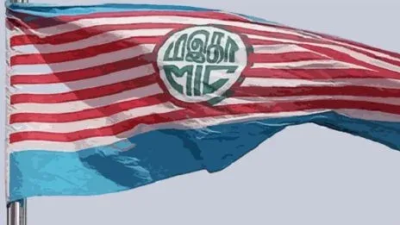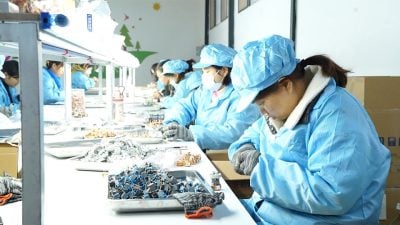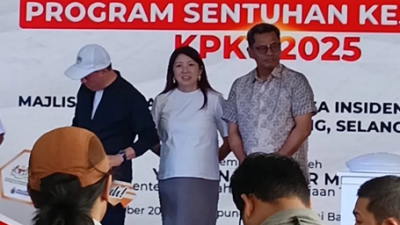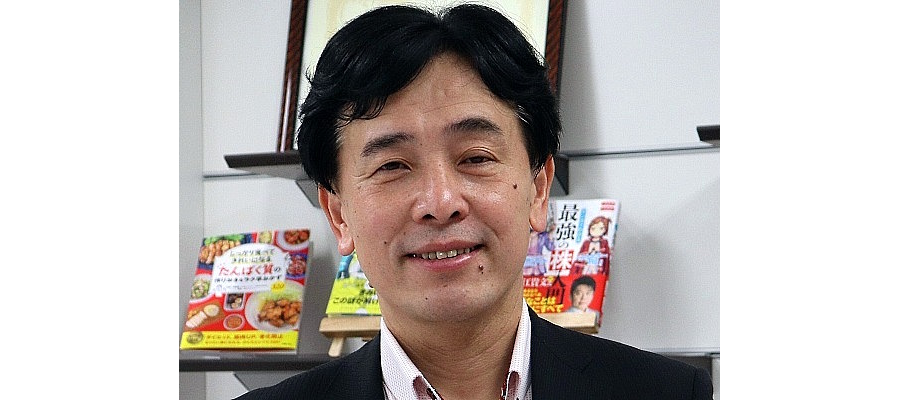
Role of chair to steady promotion of action plan
APEC was founded on the proposal of Australian Prime Minister Bob Hawke in 1989, and it promoted the implementation of action towards sustainable growth and prosperity in the Asia-Pacific region, including the liberalization and facilitation of trade and investment, the promotion of regional economic integration, and economic and technical cooperation.
In 1994, medium to long term goals known as the “Bogor Goals” were announced, aiming to achieve liberalization of trade and investment within the region by 2020.
The “Putrajaya Vision 2040” was adopted in 2020 and was set as the successor to the Bogor Goals.
The goal of this vision was to realize an “open, dynamic, resilient and peaceful Asia-Pacific community by 2040, for the prosperity of all our people and future generations” through three economic drivers:
- Trade and Investment,
- Innovation and Digitalization, and
- Strong, Balanced, Secure, Sustainable, and Inclusive Growth.
In 2021, the “Aotearoa Plan of Action” (named for the Maori word for New Zealand) was compiled as an annex to realize this vision.
This action plan illustrated “Objective,” “Evaluation of progress,” “Collective Actions,” and “Individual Actions” that should be undertaken by each APEC economy for each of the three economic drivers given in the Putrajaya Vision 2040.
The role of having the APEC Presidency Chair in Thailand in 2022 is to steadily promote this action plan.
Thailand, incorporating BCG economic model as driving force for priority issues
Thailand, Chair of the APEC Presidency for 2022, set a theme of “Open, Connect, Balance,” and its priorities are:
- Opening all opportunities (the facilitation of trade and investment),
- Connecting on all dimensions (reconnecting the region), and
- Balancing all sides.
For the three priority issues, Thailand anticipates a revitalization of discussion towards the realization of the Free Trade Area of the Asia-Pacific (FTAAP) for issue 1.
For issue 2, they aim to reconnect within the region by utilizing digital technology for the mutual operation and recognition of vaccination certificates in regards to travel across borders, which has been greatly affected by the pandemic.
For issue 3, Thailand intends to introduce the “Bio-Circular-Green (BCG) Economic Model,” its national strategy meant to incorporate sustainable development and environmental goals into APEC’s future growth model.
In light of the unprecedented public health crisis and the catastrophic socioeconomic effects it has had, Prime Minister Prayut Chan-o-cha enthusiastically stated that, “Thailand’s theme is driven by our vision to address the imbalances revealed by the pandemic and achieve growth through the integration of the Bio-Circular-Green (BCG) model, three well-established economic development approaches, into the region’s economy.”
Behind Prime Minister Prayut Chan-o-cha’s persistence in the introduction of the “BCG Economic Model” to APEC is perhaps a venture to gain an advantage in the election campaign by demonstrating leadership as President domestically with general elections to be held in March of 2023.
Challenges awaiting APEC presidency chair Thailand
Most concerning is the fact that this will bring conflict between major powers into APEC.
The United States will launch the “Indo-Pacific Economic Framework (IPEF)” in early 2022. The IPEF is said to be a new economic grouping with the goal of competing with China, and the U.S. will “lead in the formation of rules for economic integration in the 21st century.”
In February of 2022, the U.S. was chosen to be the APEC Presidency Chair for 2023, and they have shown an inclination towards incorporating and promoting elements of the IPEF in the 2023 APEC agenda.
There is a possibility that the various APEC meetings in Thailand’s Presidency Year will be a run-up to a conflict between the U.S. and China.
The day after the announcement of the United States being appointed as APEC Presidency Chair, the U.S. announced the “Indo-Pacific Strategy,” which has the character of an encirclement of China.
The U.S. will cooperate with allies, partners, and regional governments to advance the “Indo-Pacific Strategy,” and among them, the U.S. has identified Thailand and the Philippines as ironclad treaty alliances and Indonesia, Malaysia, Singapore, and Vietnam as leading regional partners.
APEC is a comfortable forum for ASEAN countries as it emphasizes unofficial, informal dialogue, and the goals and actions laid out in this dialogue are advanced by the independent actions of each economy.
However, if the tug-of-war game between the U.S. and China is brought into APEC and each economy is forced into a loyalty test between the U.S. and China, there is a fear that APEC itself will become even more dysfunctional.
Thailand, as the chair of APEC, will have a difficult task at the helm.
(Seiya Sukegawa is Professor at the Faculty of Political Science and Economics, Kokushikan University, Japan.)
ADVERTISEMENT
ADVERTISEMENT






